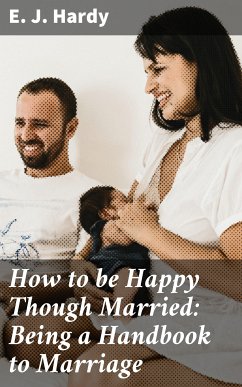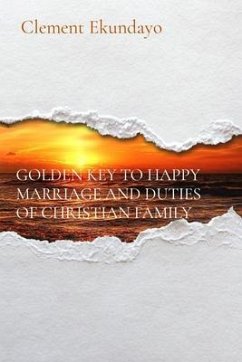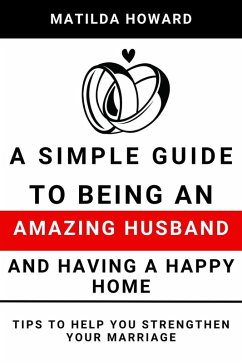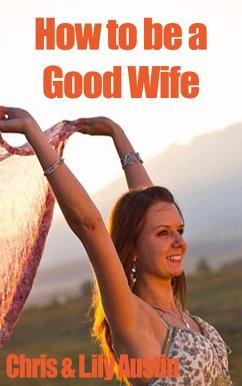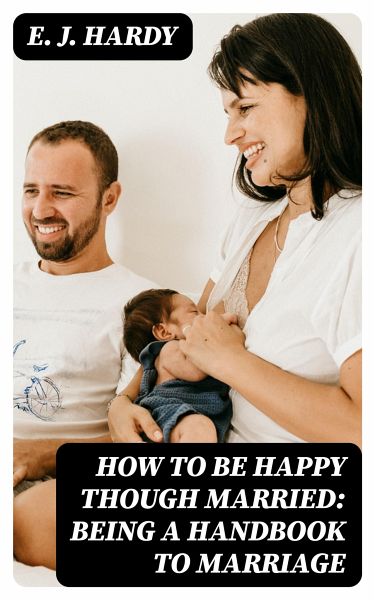
How to be Happy Though Married: Being a Handbook to Marriage (eBook, ePUB)

PAYBACK Punkte
0 °P sammeln!
E. J. Hardy's "How to be Happy Though Married: Being a Handbook to Marriage" is a deeply insightful exploration of marital dynamics, blending humor with practical wisdom. Written in an accessible style that combines anecdotal evidence and structured guidance, Hardy delves into the joys and challenges of marriage. The book aligns itself within the literary tradition of marital self-help literature, paralleling contemporaneous works while also echoing the timeless wisdom found in classic relationship advice. Hardy's use of engaging narratives serves not only to entertain but to illuminate common...
E. J. Hardy's "How to be Happy Though Married: Being a Handbook to Marriage" is a deeply insightful exploration of marital dynamics, blending humor with practical wisdom. Written in an accessible style that combines anecdotal evidence and structured guidance, Hardy delves into the joys and challenges of marriage. The book aligns itself within the literary tradition of marital self-help literature, paralleling contemporaneous works while also echoing the timeless wisdom found in classic relationship advice. Hardy's use of engaging narratives serves not only to entertain but to illuminate common pitfalls and pleasures of wedded life. E. J. Hardy, whose background in psychology and years of marital counseling inform his writing, draws from a rich tapestry of personal and professional experiences. His unique perspective on marriage, shaped by his own journey and observations of countless couples, allows him to navigate the nuances of emotional intelligence and communication within relationships. Hardy advocates for an understanding of marriage that embraces both realism and optimism, providing a refreshing take on conventional marriage advice. This handbook is a must-read for couples seeking to enrich their marital experience or navigate the complexities of married life with a proactive mindset. Hardy's blend of humor and practicality offers not only guidance but also a reassurance that happiness is achievable in marriage. A valuable addition to any couple's library, it transcends mere instruction, inviting readers to foster a deeper connection with their partners.
Dieser Download kann aus rechtlichen Gründen nur mit Rechnungsadresse in A, B, BG, CY, CZ, D, DK, EW, E, FIN, F, GR, H, IRL, I, LT, L, LR, M, NL, PL, P, R, S, SLO, SK ausgeliefert werden.




